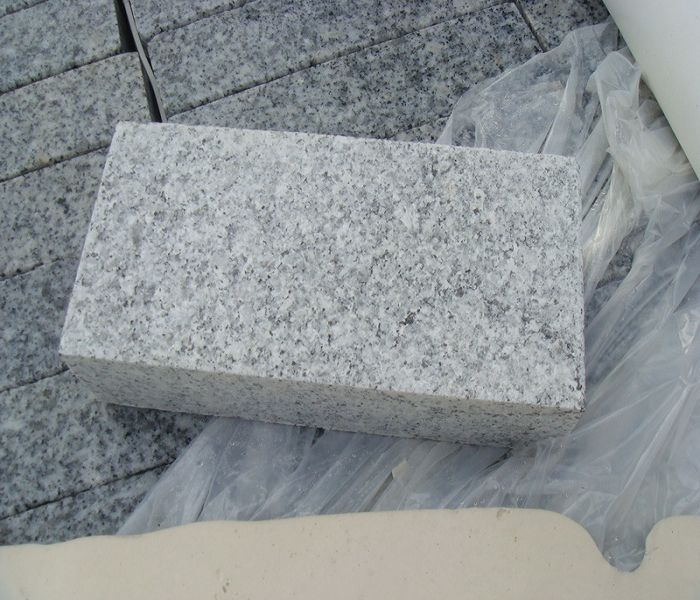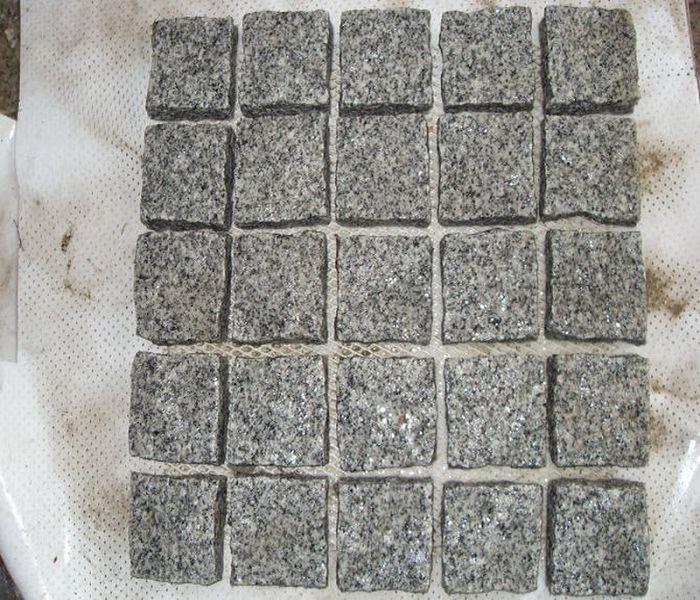A delta landscape is a unique and complex geographical feature that forms at the mouth of a river where it meets an ocean, sea, lake, or another river. This environment is characterized by a rich interplay of water, sediment, and biological activity, resulting in a dynamic and diverse ecosystem. As a landscapes supplier, understanding the nature of delta landscapes is crucial for providing the right materials and solutions for projects related to these areas.


Formation of Delta Landscapes
The formation of a delta begins with the deposition of sediment carried by a river. As the river flows towards its end, its velocity decreases, and it loses the ability to carry large amounts of sediment. This sediment, which includes sand, silt, and clay, is then deposited at the river's mouth. Over time, these deposits build up and form landforms that extend into the body of water.
There are three main types of deltas based on their shape and the dominant forces shaping them: arcuate, bird's foot, and cuspate deltas. Arcuate deltas, such as the Nile Delta, are curved and fan - shaped. They are formed when the sediment is evenly distributed by the river and wave action. Bird's foot deltas, like the Mississippi Delta, have long, finger - like distributaries that extend into the water. This shape is a result of the dominance of the river's flow over other forces. Cuspate deltas are triangular and pointed, often formed when a strong current or wave action shapes the sediment deposition.
Physical Characteristics of Delta Landscapes
Delta landscapes are known for their flat topography. The continuous deposition of sediment creates a relatively level surface, which is often intersected by a network of channels and distributaries. These channels are constantly changing as the river shifts its course over time.
The soil in delta areas is typically rich in nutrients due to the deposition of sediment. This fertile soil makes delta regions ideal for agriculture. However, it also makes the land vulnerable to flooding. The presence of water in delta landscapes is a defining characteristic. The water can be fresh, brackish (a mixture of fresh and saltwater), or saltwater, depending on the proximity to the ocean and the balance between river flow and tidal influence.
Biological Diversity in Delta Landscapes
Delta landscapes are home to a wide variety of plant and animal species. The combination of water, sediment, and nutrients provides a suitable habitat for many organisms. Mangrove forests are common in tropical and subtropical deltas. These trees have adapted to grow in brackish water and help to stabilize the soil, protect against erosion, and provide a nursery for many fish and crustacean species.
Birds are also abundant in delta areas. Many migratory birds use delta landscapes as stopover points during their long - distance flights. These areas offer a rich food source, including insects, fish, and plants. Additionally, delta wetlands support a diverse range of invertebrates, amphibians, and reptiles.
Challenges and Management of Delta Landscapes
Despite their ecological importance, delta landscapes face numerous challenges. One of the most significant threats is sea - level rise. As global temperatures increase, the melting of glaciers and ice sheets causes the sea level to rise. This can lead to the inundation of delta areas, resulting in the loss of habitat and displacement of human populations.
Erosion is another major issue. The constant movement of water and sediment can cause the banks of channels and distributaries to erode. This not only affects the stability of the landscape but also can lead to the loss of valuable agricultural land. Pollution from industrial and agricultural activities can also degrade the water quality in delta areas, harming the plants and animals that depend on it.
To manage these challenges, it is essential to implement sustainable practices. This includes measures such as coastal protection, wetland restoration, and water quality management. As a landscapes supplier, we can play a role in providing materials that can help with these efforts.
Materials for Delta Landscape Projects
When it comes to projects in delta landscapes, the choice of materials is crucial. For coastal protection, materials such as Blue Block Paving Natural Stone pavers material supplier can be used. These natural stone pavers are durable and can withstand the harsh conditions of the coastal environment. They can be used to create seawalls, breakwaters, and walkways that help to protect the land from erosion and flooding.
Cube Stone Pavers are also a great option for delta landscape projects. Their unique shape allows for flexible installation, making them suitable for creating various structures. They can be used to line channels, build retaining walls, or create decorative features in public spaces.
Slate Cultured Stone is another material that can be beneficial in delta areas. It has a natural and aesthetically pleasing appearance and can be used for both interior and exterior applications. In delta landscapes, it can be used to enhance the beauty of buildings, bridges, and other structures while also providing durability.
Importance of High - Quality Materials in Delta Projects
Using high - quality materials in delta landscape projects is essential for ensuring the long - term success of these initiatives. In an environment where the forces of nature are constantly at work, substandard materials can quickly deteriorate. For example, in a coastal protection project, if the pavers are not of good quality, they may crack or be washed away by strong waves, leaving the land vulnerable to erosion.
High - quality materials also require less maintenance over time. This is particularly important in delta areas, where access for maintenance can be difficult due to the complex network of channels and waterways. By choosing materials from a reliable supplier, project managers can ensure that the materials meet the necessary standards and are suitable for the specific conditions of the delta landscape.
Our Role as a Landscapes Supplier
As a landscapes supplier, we understand the unique needs of delta landscape projects. We have a team of experts who can provide advice on the best materials to use based on the specific requirements of each project. Whether it's a small wetland restoration project or a large - scale coastal protection initiative, we can offer a wide range of products that are designed to withstand the challenges of delta environments.
We are committed to sustainability in our business practices. We source our materials responsibly, ensuring that they are obtained in an environmentally friendly manner. This not only helps to protect the natural resources in delta areas but also contributes to the overall goal of sustainable development.
Contact for Procurement and Collaboration
If you are involved in a project related to delta landscapes and are in need of high - quality landscape materials, we would be delighted to assist you. Our team is ready to discuss your requirements, provide detailed product information, and offer competitive pricing. Whether you are a contractor, an architect, or a government agency, we can work with you to find the best solutions for your project. Please feel free to reach out to us to start the procurement and collaboration process.
References
- Giosan, Liviu, et al. "Drowning of the Mississippi Delta due to insufficient sediment supply and global sea - level rise." Nature Geoscience 7.6 (2014): 488 - 491.
- Day, John W., et al. "Ecological restoration of the Mississippi Delta: lessons from hurricanes Katrina and Rita." Science 315.5816 (2007): 1679 - 1684.
- Alongi, Daniel M. "The future of mangrove forests in the face of global climate change." Annual Review of Marine Science 4 (2012): 147 - 169.





